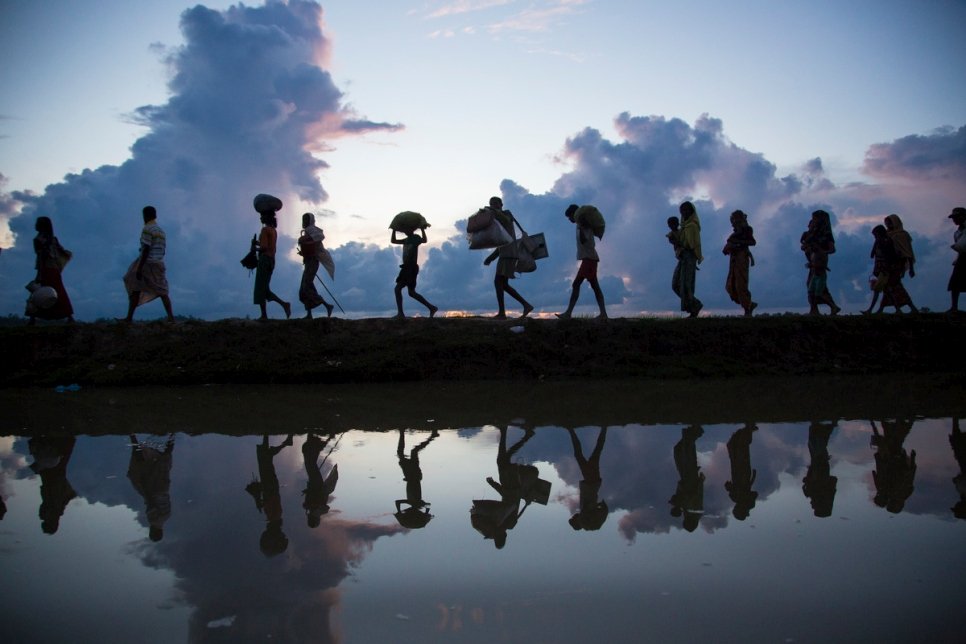This course on the Political Economy of Migration in Europe is divided into three main sections. In the first part we rely on the main models used to explain the migration decision and explore what are the main economic effects of migration and its welfare state nexus. Subsequently we investigate the role played by public opinion and attitudes in the configuration of migration policies and support for redistribution. In the last part, we take up topical debates in the political economy of spatial inequality. From the rural-urban gap and the patterns of social mobility to the role of informality and insecurity. A G20 Simulation and the final two lectures on the need for a global migration response and climate-induced displacement will conclude the course. The course would deepen students’ understanding of the role played by migration and spatial inequality in different phases of European integration and policy-making.

EU468 - The Political Economy of Migration in Europe
This course on the Political Economy of Migration in Europe is divided into three main sections. In the first part we rely on the main models used to explain the migration decision and explore what...